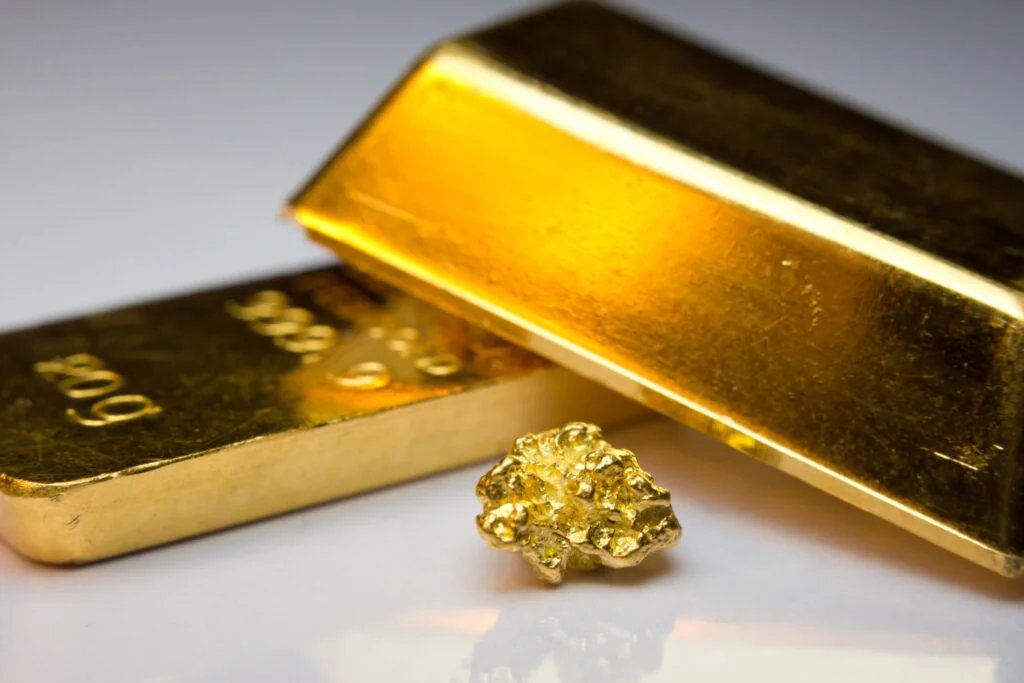Spot gold prices have retreated below $3,900 per ounce, as a pending US-China trade deal eases the market tensions. Yet, analysts see the pullback as a pause rather than a reversal. Expectations remain robust, as structural drivers continue to support the metal.
While the potential trade accord has acted as a short-term catalyst for the correction, China itself remains a strong pillar of the gold’s bullish outlook.
“China is playing a key role in the ongoing rise in gold prices because of central bank buying, arbitrage trading, and increased speculative and safe-haven demand among Chinese households,” wrote Apollo Global Management’s chief economist Torsten Sløk.
Also Read: Don’t Call It A Bubble: Why Gold’s Rally Has Deep, Structural Support
In a recent note, he points to the combination of persistent institutional accumulation and retail enthusiasm. These two factors helped drive one of the most powerful rallies in decades.
Macroeconomic Uncertainty and Safe-Haven Appeal
Meanwhile, the World Gold Council emphasizes gold’s resilience amid macroeconomic uncertainty.
“Investors are particularly concerned about growth and inflation, creating a challenging situation for policymakers as the dual policy goals of the Federal Reserve are in direct conflict,” noted asset allocation strategist Jeremy De Pessemier.
He clarifies the combination of complacent equities and an uncertain bond market as a setup for further gold gains.
“U.S. equities have posted remarkable gains in recent months, reigniting concerns about valuation excess and concentration risk,” he said. “Should economic pressures mount, investors may increasingly seek refuge in safe-haven assets, with gold standing out as a historically resilient option.”
Meanwhile, bond markets are offering little reassurance. Despite the Federal Reserve’s latest rate cut to support growth, long-term yields remain volatile. Tariff uncertainty, heavy fiscal spending, and inflation further complicate the matter.
“U.S. long-term yields could face renewed upward pressure if tariffs and reshoring efforts drive domestic costs higher, complicating the Fed’s inflation target,” De Pessemier warns.
JP Morgan Projects $5,055 Gold
Even with corrections, analysts maintain that gold’s longer-term trajectory is clearly upward. JP Morgan forecasts the metal will average $5,055 per ounce by the fourth quarter of 2026. The bank sees sustained investor interest and central bank buying as major tailwinds.
“Gold remains our highest conviction long for the year, and we see further upside as the market enters a Fed rate-cutting cycle,” Natasha Kaneva, JP Morgan’s Head of Global Commodities Strategy, recently said, according to Reuters.
She noted a combination of lower real yields, stagflation anxiety, and broader debasement as a continued fundamental support for the metal.
Read Next:
Image via Shutterstock

